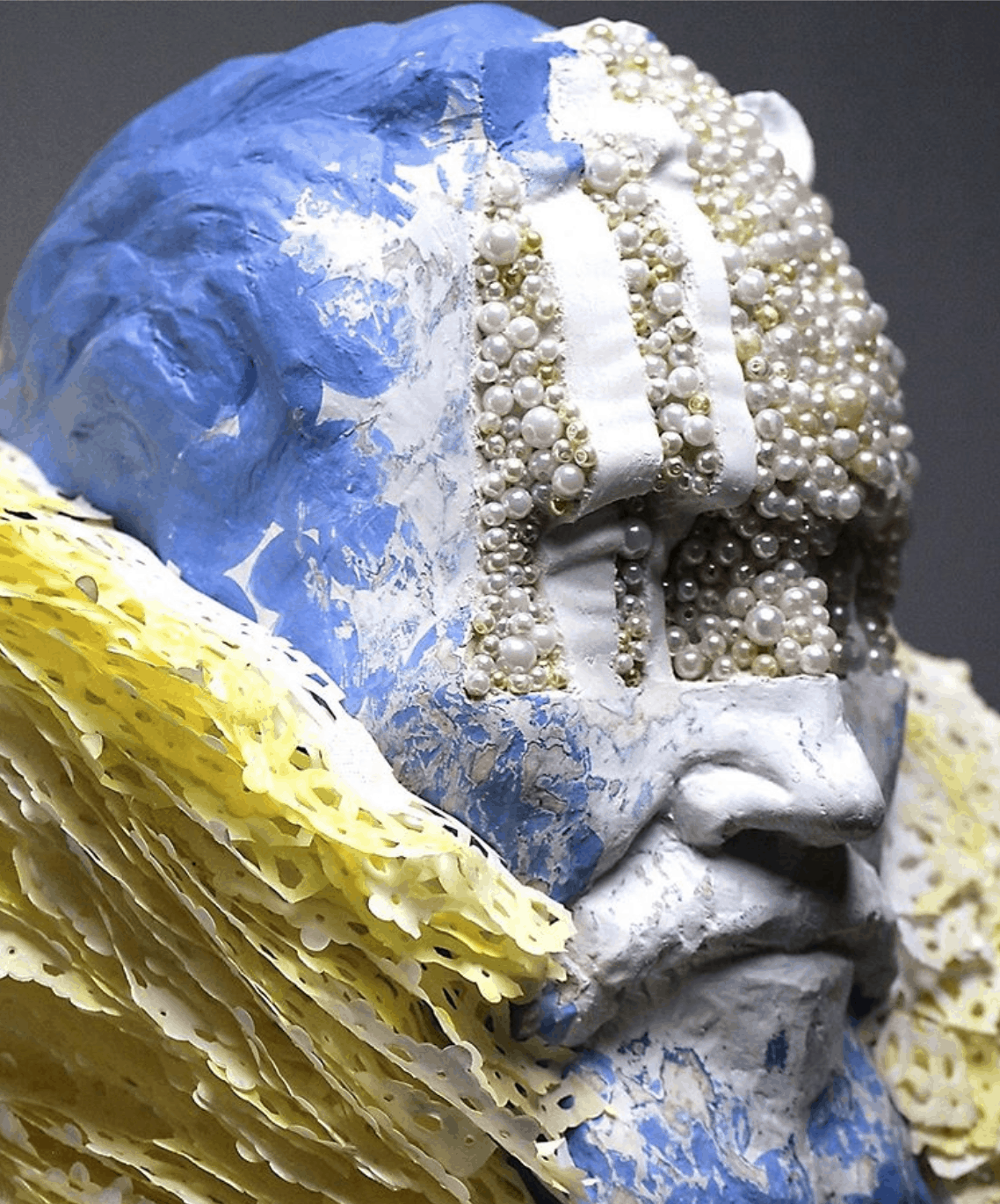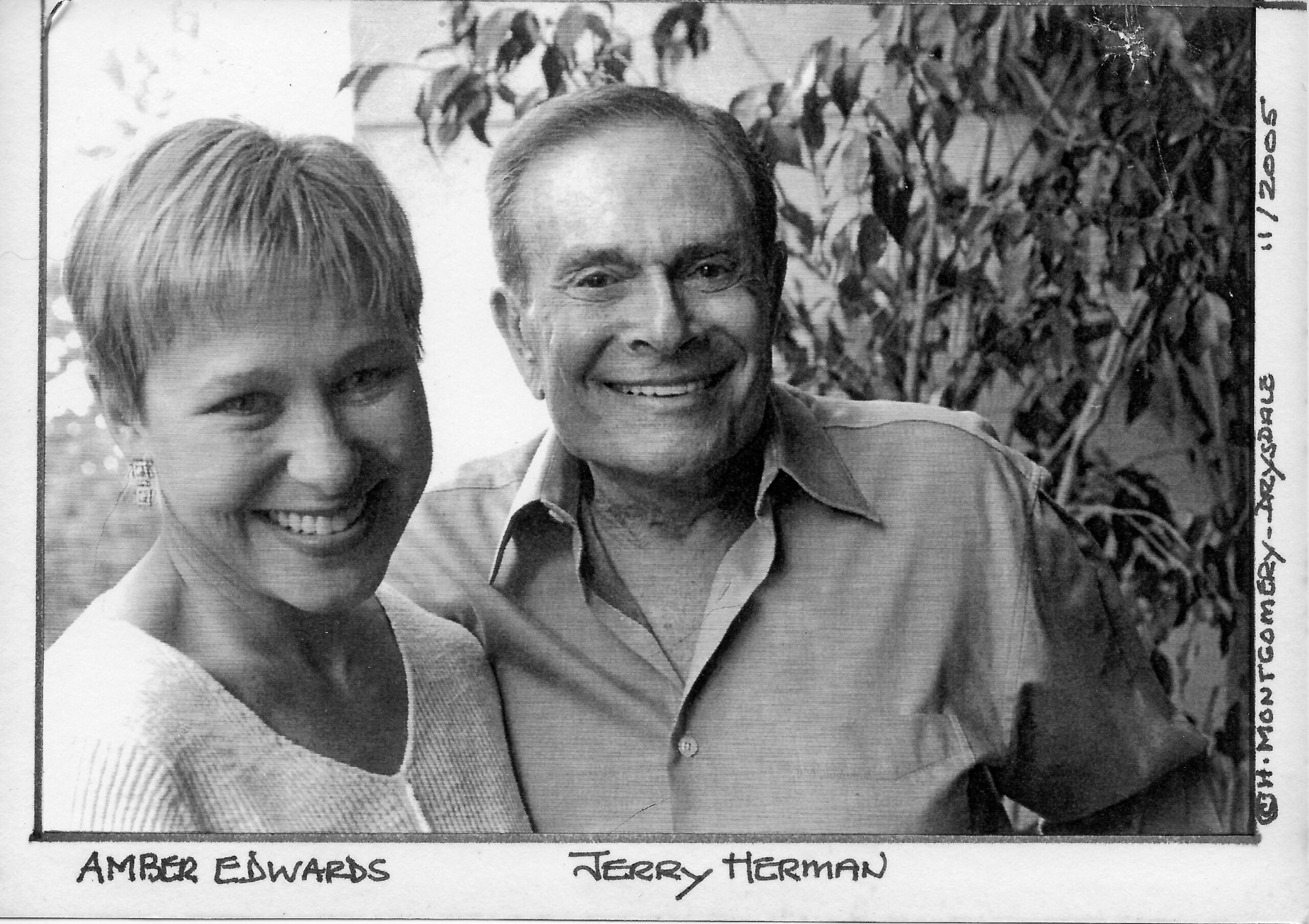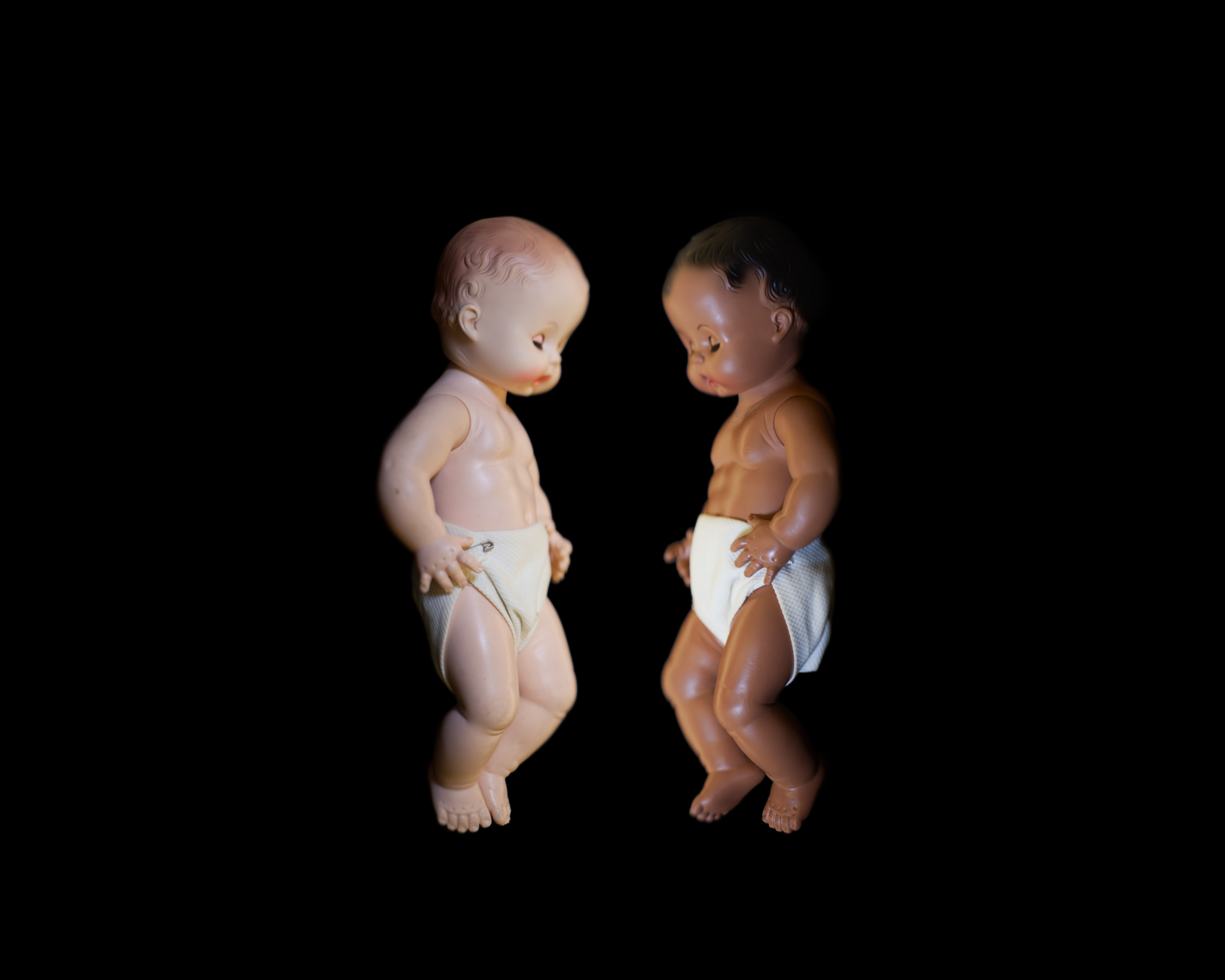Image: Gills: Grow A Pair, 2019, Mixed media, 8.5 x 9 x 33” by Jedediah Morfit
While social distance measures remain necessary, artists, writers, performers, and musicians continue to create in New Jersey. State of the Arts catches up with sculptor Jedediah Morfit, who we also visited at his Collingswood studio in this 2012 feature. Currently, he’s got an exhibition at Paradigm Gallery + Studio in Philadelphia—but this time, the opening reception will be held online, and the gallery is also presenting a 3D virtual version of his exhibition.
Has social distancing impacted your artistic process, or, thematically, your work?
This is all pretty new, and I was working on my exhibition right up to the moment I dropped off the work, so I had that momentum working for me. Now, I don’t know. In general, after the work for a show is delivered I immediately start oscillating between wanting to take a break and wanting to start something new. That probably won’t change.

A look at Jed Morfit’s process—starting with foam armature, Jed added clay, created a waste mold, and finally went in and carved the resulting bust. You can see this piece in his solo exhibition at Paradigm. Source: Instagram.
Do you have any advice for artists who are being impacted by the pandemic?
I would point them to this headline from The Onion: “Man Not Sure Why He Thought Most Psychologically Taxing Situation Of His Life Would Be The Thing To Make Him Productive”.
Share your thoughts on the artistic community in New Jersey—how can the arts not only survive or adapt within the pandemic and lockdown, but also bring the community together?
I know that the right answer is probably to sound a hopeful note about the relationship between the power of art and the strength of community, but I just don’t know. Communities and the arts will adapt, for sure, but adaptation doesn’t necessarily mean trading strength for strength. Adaptation (particularly adaptation as a result of radical environmental changes) comes at a cost.
Artists and creative arts organizations have been extremely generous in putting a lot of great content online during this crisis, and we’ve all benefitted from seeing a lot of great performances for free, but that’s not a sustainable model. Somehow the community is going to have to find ways (and be willing) to not only enjoy the arts in this time of crisis, but sustain them. My worry is that we, as an audience, have come to accept the notion that we have to pay for content from major corporations who have the capacity to create profitable platforms, like Disney+, but continue to expect that independently produced content can and should be free. My worry is that the pandemic will serve to solidify those expectations. My hope is that it does the opposite.
Does the experience of sharing your art virtually these days change your relationship with your audience at all?
My exhibition Adapting To Change will open online through Paradigm Gallery on Friday, May 29th. As sad as I am to not have an in-person opening, the technology we will be using will actually make this exhibition much more accessible than it would have been otherwise. People who would never have been able to get to Philly to see the show will not only be able to see all of the pieces individually in 3D, but see how each piece relates to the other in the space. It’s not the same as being there, but it’s much, much better than not seeing it at all.
Beyond that, and this probably too big a question to tackle here, I think websites like Instagram, Artsy, and Patreon have changed the relationship between artist and audience fundamentally. These platforms allow (and maybe force?) artists to be attuned to the audience and, by extension, the marketplace, on a moment to moment level. I’m not prepared to say whether that’s good or bad, but that kind of feedback cannot help but influence the work.
Follow Jed Morfit on Instagram and Twitter, and check out his online portfolio at jedediahmorfit.com. See his solo exhibition Adapting to Change at Paradigm Gallery in Philadelphia through June 27, 2020.
To hear more from the artist, take a look at our 2012 feature.





























